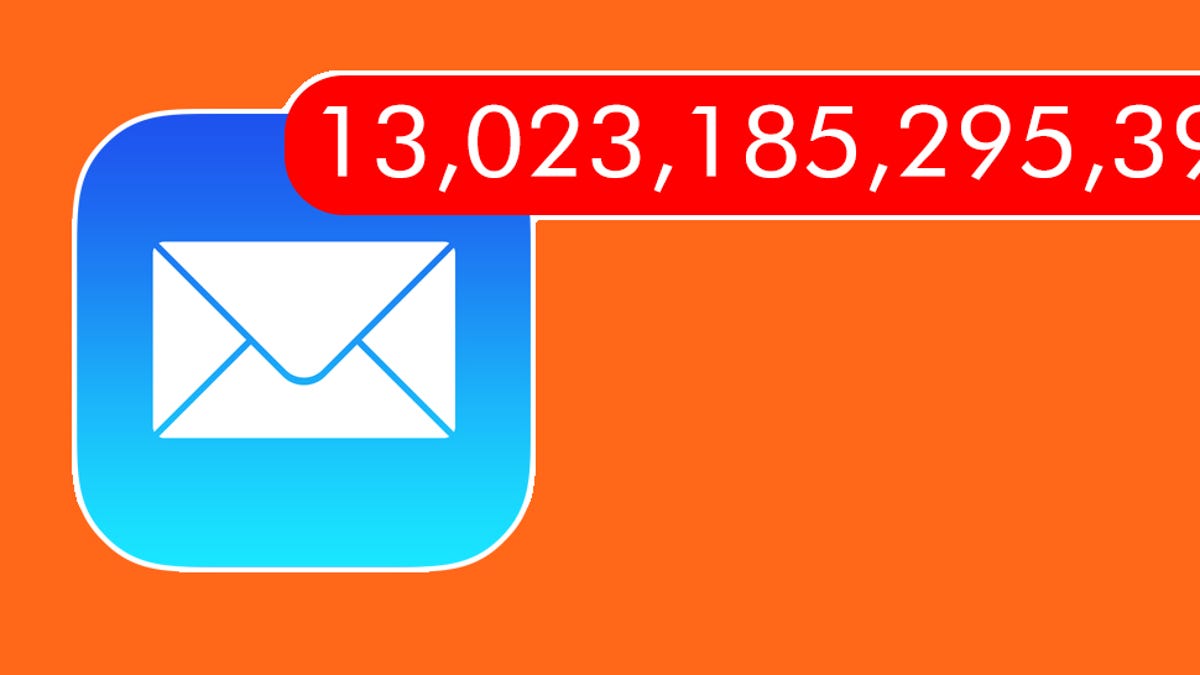Substack Is Getting an RSS Feed Because Inboxes are a Disaster - 4 minutes read

The Substack newsletter hype-cycle hit a fever pitch this fall when a bunch of high profile journalists defected to the platform in search of a new business model, which increasingly resembles a bunch of old business models balled up, Katamari-like, into a product without much of an identity.
What does that even mean? Well, Substack is launching an RSS reader to help users sort through all those newsletters that are piling up in their inbox. All Substack users have to do is go to this link and start selecting which newsletters they’d like to add to the new RSS feed.
The Substack Reader isn’t just limited to providing a feed of newsletters from Substack authors. You can also add any website with an RSS feed. To do so, all you need to do is find the button marked “Add RSS feed” and paste in the proper URL. That sounds obvious, and it is. People who miss Google Reader might dig it. (There’s no mobile app yet, but there’s a mobile shortcut on iOS that’s about the same.)
It’s not like RSS doesn’t exist anymore: Feedly is the top dog in the space these days. People just forgot that RSS is the superior form of consuming news; so thoroughly has everyone forgotten that fact that they’ve been looking for the day’s headlines in their freakin’ inbox.
The rise of social media hobbled RSS and it’s working on killing the news business altogether. Substack has tried to respond to those developments. But the idea of subscribing to your favorite writers for newsletters works best in practice when you only follow a few of them. As the follows pile up, the more those special authors start to look like just another spam bot standing between you and getting your work done. Say what you want about the broken news industry, but it might be more beloved than email these days.
Substack CEO Chris Best told The Verge that the company wanted to “create a distraction-free space” for users to sort through their subs. Best said this is just the first step, and he hopes that it helps users discover new writers.
Anyone who’s tried to peruse Substack knows that its lack of discovery features can be a problem, but that’s been part of the appeal. Substack channels have functioned almost like a little club that spreads by word of mouth. The RSS feed doesn’t destroy what’s unique about Substack, it just makes the lines of division between Substack and the rest of the news landscape a little less clear.
To recap: Substack saw that everyone was overwhelmed with RSS, social media feed, and homepages. It decided to bring your favorite authors directly to your inbox where there’s less noise. But the noise in your inbox is actually pretty substantial, so it made it a clean RSS reader to sift through all the exclusive content and gave you the option to add in the RSS of websites that aren’t exclusive to Substack. But the channels that are exclusive to Substack can’t be incorporated into a standard RSS feed, so it has successfully managed to further fragment the media landscape that it wanted to simplify for users, setting itself up as a (weak) competitor to traditional media along the way.
If Substack is moving away from hand-delivered stories, preferring to act as a central hub for all articles by every outlet (including newsletters) isn’t it undermining its core feature? The platform is still creating small, low-effort channels for creators with established audiences to branch out on their own, and that’s cool. But from the perspective of a user, going to RSS definitely makes the whole thing feel a lot more like, I don’t know... Medium?
If you’re going to pretend to reinvent how we use email, you may as well try to sell the concept of a blog as novel while you’re at it too.
Source: Gizmodo.com
Powered by NewsAPI.org